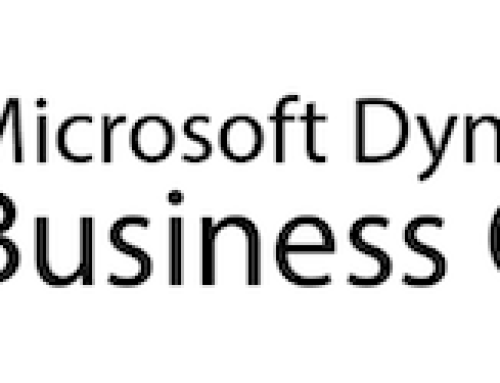Every finance person loves Excel. And it is easy to create your own live Excel Reports from Dynamics GP data. But with a new feature in Microsoft Dynamics GP 2013 R2, it is even easier. Microsoft Dynamics GP has automatic pre-built Excel Report Dashboards available for Financial, Sales, Purchasing and Inventory.
Automatic means you don’t have to do any set up. All you need to do is launch the report right out of Dynamics GP and all the information is there in beautifully formatted Excel dashboards.
Here are a few of the things you can see in these dashboard reports:
Sales Dashboard:
- top customers
- top salespeople
- sale by territory
- what items were sold
- aging and open AR
Purchasing Dashboard:
- total items that are below your order point
- POs that are late
- items have been received but not invoiced
- outstanding POs with account and total (out of date or past due)
- vendor information
Inventory Dashboard:
- item quantities
Financial Dashboard:
- cost of goods sold based on a set up in GP
- information about specific transactions
This just scratches the surface. There is so much more to see in these Excel dashboards. And you can drill into the information to get more detail.
It is all built automatically. But watch the video to see how to open these valuable Excel Dashboards in Dynamics GP 2013 R2.
Video Transcription:
This is Amber Bell from CAL Business Solutions. Today’s topic is, “Using Excel Report Dashboards in Microsoft Dynamics GP.”
Has this ever happened to you? Your CEO asks you to give him reports showing current customer balances, what you owe to vendors and what items are in stock. As soon as you hand him the report it is out of date. In a previous video we showed you basics of using the live Excel Report functions in GP. Now you can actually use automatic Excel dashboards that are included with GP. That means no formatting, no creating pivot tables, no filters, no formulas, everything is ready to go.
You simply open GP, you click on one of the modules that you want to look at. So, for example, we’re going to click on Sales. Go to Excel Reports, after that loads you can look for dashboards. You can see I have mine open or you can just filter to dashboards and you’ll see that. And you can open that right up. I’m going to show you what those look like.
So here’s my Sales dashboard. So out of the box automatically my CEO could see the top five customers. They could also drill in and get more information. They can see salespeople, sales territory information, information about our top customers, what items were sold, and they can get information about the aging and open AR. That’s automatic. Also, switching over to Purchasing I can see total items that are below our order point, what POs are late, what items have been received but not invoiced, and I can scroll through and get more information. I can drill in and get more information on other tabs. I can also pull up items that have been received and not invoiced, look at our outstanding POs with account and total, and I can actually drill in and see information.
There is automatic formatting in place showing if they’re out of date or past due. I can also review and look at vendor information. And, again, all of this happened automatically. I didn’t do any formatting or any formulas. I can look at that for inventory. I can see information for inventory, even down to item quantities. And I can finally do that for a financial dashboard. Now because I’m using a new version of Excel I can also use the slicers to change the information automatically. So you see that same report. I didn’t do any changes other than change the date range.
If I’m looking here I can pull information about my cost of goods sold based on a set up in GP and also down to information about the specific transactions. And, again, those are all automatic. I didn’t have to do any set up. All I had to do was launch the report right out of GP and then all the information was there.
We hope you like this new feature and if you have any questions, please let us know .
For more information or more great tips for Microsoft Dynamics GP visit www.calszone.com/tips and sign up for our newsletter.
By Amber Bell, CAL Business Solutions, www.calszone.com












